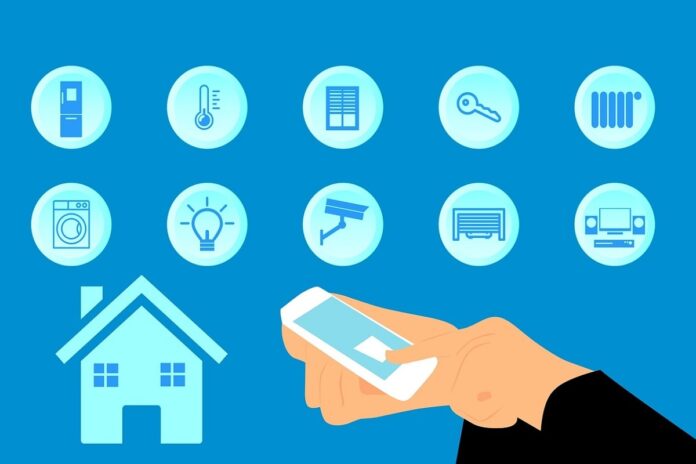What is Smart Home Automation? The definition of “smart home” has been given a new definition with the invention of the iPad. Nowadays, it has become a common question from consumers who are very curious as to what some of the new home automation gadgets are. The answer is that they can be anything, from simple to complex, elaborate to customizable, and so forth. Any piece of equipment which can be remotely controlled via the internet has become a smart device.
Current smart house technology include remotely operated lighting, temperature, security, home safety systems, automated doors and windows, smart thermostats, and entertainment systems. These all utilize a wide variety of devices, such as networked cameras, sensors and microprocessors, computer applications, remote controls, and so forth. What makes them smart is that they can be programmed in such a way that they work together, synchronize their functions, run on battery power, or run only during specific times of the day. There is a wide variety of automation software available today that allows users to program these devices according to their individual needs. For instance, there are home automation apps that manage the lighting and central heating as well as control the DVR of the TV, music system, phone set, etc.
There is also a specific type of automation technology known as Smart Lighting. With the installation of Smart Lighting, homeowners are able to see who is coming into the area even when the lights are off. This can be particularly useful in the case of water damage where the homeowner may not be able to open all of the windows. With the use of the internet or an app, the Smart Lighting technology communicates with the homeowner’s smartphone and displays the data on the screen in real time.
Another application of smart home automation systems is controlling the locks. The main function of these automated doors and windows is to prevent unauthorized access. This can be done by having the devices attached to the doors and by having them act as sensors. When the door or window is opened, the app or smartphone communicates with the linked devices and displays whether or not the entry is authorized. Some devices allow users to set the level of authentication required for opening the door or window.
Apart from providing security, many people are also finding the automation features of these devices very convenient. These may include tasks such as controlling the temperature and lighting of the room. Some may even be able to turn on the TV, internet, radio, etc. Automated systems allow many people to save on their electricity bill since they do not require the use of the human operator for various tasks. In fact, there are some devices which are completely automated and run on their own.
If you have your own home automation system, you will definitely benefit from its various applications. However, before installing one, make sure that you know how to set it up and what all things you need to get attached to it. If you are not familiar with the technical aspects, you should hire an expert who can help you in integrating your smart home automation system into your home network. There are many companies offering this kind of service and you can make use of the internet to find the best option available.

![What is a POC [Proof of Concept]? – Definition, Uses, Features and More What is a POC [Proof of Concept]? – Definition, Uses, Features and More](jpg/r-218x150.jpg)









